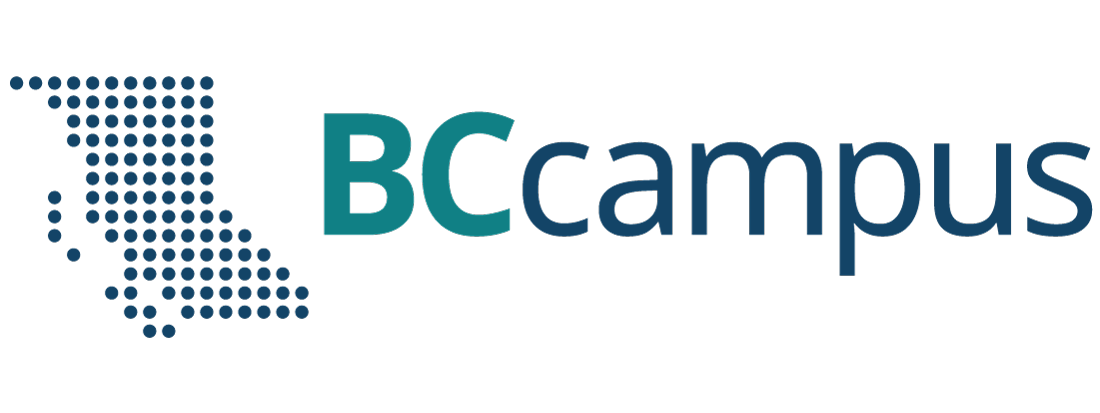Challenge One: Ethical & Legal Considerations

What it is:
Welcome to the first challenge!
The Ethical and Legal Considerations competency means striving to create equitable and inclusive learning spaces for students, in both in-person classrooms and digital spaces. This includes developing course content that follows digital accessibility standards and guidelines. it also means recognizing when learning environments aren’t integrating accessibility strategies and determining what actions can be taken to improve them.
Why it is important:
Accessibility is an ethical responsibility. As stated on Niagara College Canada’s Accessibility Hub, “Accessibility is about equity. Accessibility is about human rights. Inaccessible teaching and learning environments are exclusionary teaching and learning environments.” Educators in post-secondary institutions have a collective and shared responsibility to identify and eliminate barriers, to make our in-person and digital learning environments more accessible for the range of our learners. Proactively taking action to enhance access and remove barriers helps create an inclusive environment that is more equitable for all learners.
Examples:
- Explore how open textbooks can increase access to education and enhance the learning experience: Open Resources: Improving Access for Everyone (blog post)
- Read about strategies to keep in mind when creating content to foster diversity and inclusivity: Diverse and Inclusive Representation in OER (article)
- Learn from Jamie Drozda’s personal experience with accessibility, usability, and inclusive design: Engaging with Technology and Accessible Practice (blog post)
Multimedia Activity
Before we dive into strategies to make our courses more accessible, let’s first explore some barriers. Click on each of the cards to learn about barriers students face when they don’t have reliable access to services or equipment to engage in learning.
The card content was retrieved from Removing Barriers to Online Learning Through a Teaching and Learning Lens.
Learning Activities
1. Learn it for yourself
Now that you’re aware of some possible barriers that students in your classroom may be facing, let’s explore a few key strategies that can help make your classroom practice more accessible for all learners.
As stated on Niagara College Canada’s Accessibility Hub, “Reducing and removing barriers to ensure accessible teaching and learning spaces can feel like a big topic to tackle. However, one of the barriers to consider is the way we think about and approach accessibility. Shifting our thinking from individual accommodations to creating a culture of accessibility for all students makes for a positive and inclusive learning experience for everyone.”
Watch the 9 minute video below titled Improve the Accessibility of Your Online Course to learn about key practices you can integrate in your courses to improve accessibility for all students. Although the video mentions that these practices are for online courses, they can also be applied to in-person courses that integrate technology. This video is interactive. There are five true or false questions that you will be asked. The video will pause when a question pops up. Click your answer and then click the green play arrow to continue the video. **Please note the typo at 00:41, the word should say Medical Model**
2. Incorporate it into your teaching practice
To build on what you learned in the video above, review the Checklist for Accessibility in the Accessibility Toolkit. It provides a list of strategies to incorporate into various kinds of course materials (e.g., images, links, tables) to make them more accessible for students. The strategies are described further in the Best Practices section — explore as needed!
Think about one or two resources that you currently use or include in your course, or want to use or include in your course in the future (e.g., hyperlink, document, video). Considering the accessibility strategies you’ve learned in this challenge, draft a reflective post to share with your peers that addresses the following questions:
- What accessibility strategies does the resource currently integrate?
- How do the current accessibility strategies benefit students?
- Where are there opportunities to improve the accessibility of the resource?
- How would additional changes make an impact?
Are you wondering about other ways you can support your students with accessibility?
At your institution:
- Explore the accommodation and accessibility services offered.
- Learn about the assistive technologies and supports that are available.
- Review the accessibility and inclusion policies.
- Then share information about these services and supports with your students. Include this information in places like your course outline or a section on student support in your course.
Work toward proactively integrating accessibility strategies into your teaching practice to develop accessible materials right from the start. For additional assistance, connect with the teaching and learning centre at your institution for guidance on creating accessible and inclusive course materials, assessments, and activities.
3. Teach it to students
Show students how they can use the Microsoft Office Accessibility Checker to begin considering the accessibility of the materials they are producing.
Further Reading
- Explore these student personas to better understand the variety of students you may see in your classroom. Keep this variability in mind when developing course content.
- This Accessible Online Course Checklist builds on the one explored in this challenge and includes considerations for course outline and design and instructional methods.
- Looking for more ways to enhance accessibility in your teaching practice? Browse the Niagara College Canada Accessibility Hub’s Accessible Academic Delivery page for a variety of short articles to choose from.

